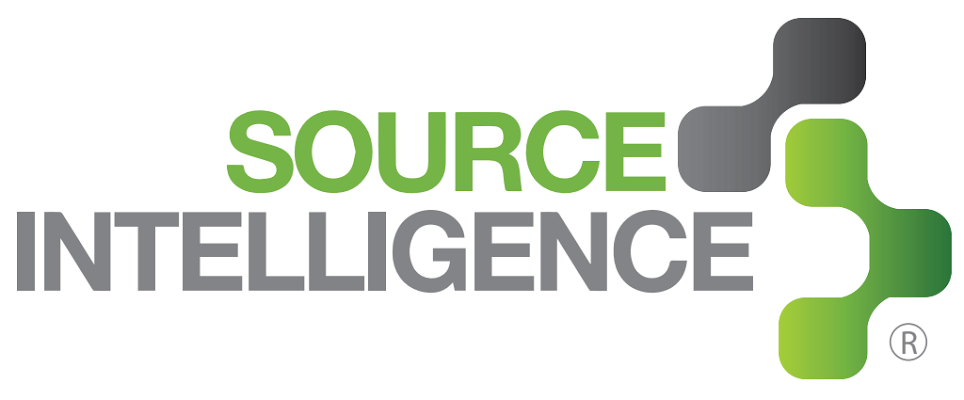Transaction Monitoring for a New-Age Tech Based Anti-Corruption Program

Using raw data to track risk is an idea that has been evolving, now that there are new tools that enable you to dive deeper into the possibility of corruption risk. Global brands are now beginning to realize that their greatest risk lays in the external transactions being placed to 3rd party business partners and vendors. These areas greatly expose them in ways that could lead to corruption issues. There are several primary motivators in corruption, which would be global business expansion and money. With anti-corruption programs and tools being developed, being able to assess your risk and analyze your vulnerabilities has quickly become extremely helpful in combatting the corruption problem. As we dive deeper into our capabilities, something we need to ask ourselves is, what are some of the “must have” solutions in moving forward? Jonny Frank and Rex Homme of the FCPA blog look at an interesting “must have” tool that can identify corruption risk in the spending habits of companies and its employees. Transaction monitoring is quickly becoming a tool that is being implemented in solutions that cover anti-corruption.
Typically, when issues arise, the first area of interest will be focused on the money transactions associated with the company. Therefore looking at the analytics within the data can create indicators as to when and where the corruption is taking place.
“Based on the risk assessment results, organizations can develop compliance analytics to identify potential high-risk transactions for further analysis. Similarly, non-numeric data can be used to identify potential corruption. If the organization maintains approved vendor and customer lists, terminated or denied third-party relationships, and/or high-risk vendors data, transaction monitoring can identify -- instaneously -- if an employee engaged (or attempted to engage) in a transaction with an unauthorized third party. Other qualitative risks should include geographic and/or business unit characteristics.”
New tools are being developed on a consistent basis, but it is how you manage and use those tools that make up the difference between assisting in fighting against corruption and allowing for information to slip away. As corruption methods become more sophisticated, so do the technology used to combat them. Platform based systems are becoming highly refined which is eluding many companies to become more high-tech and encourages them to begin to step away from the “spreadsheet.” For more information on how to move into a more sophisticated and cost effective program and for getting away from a “spreadsheet” style compliance program, click here.

